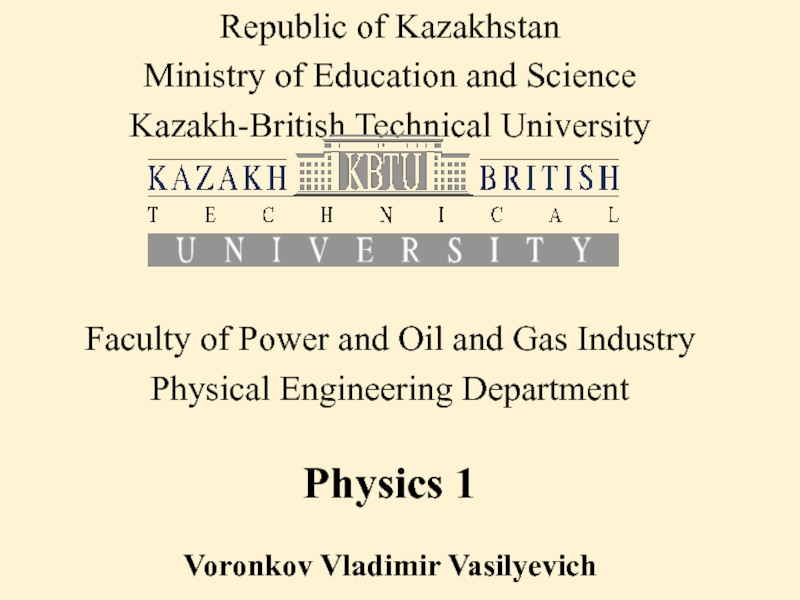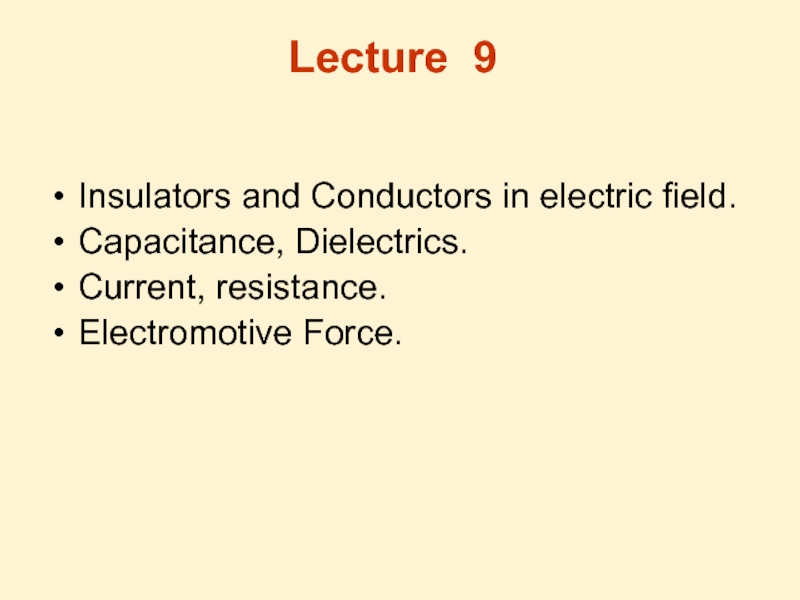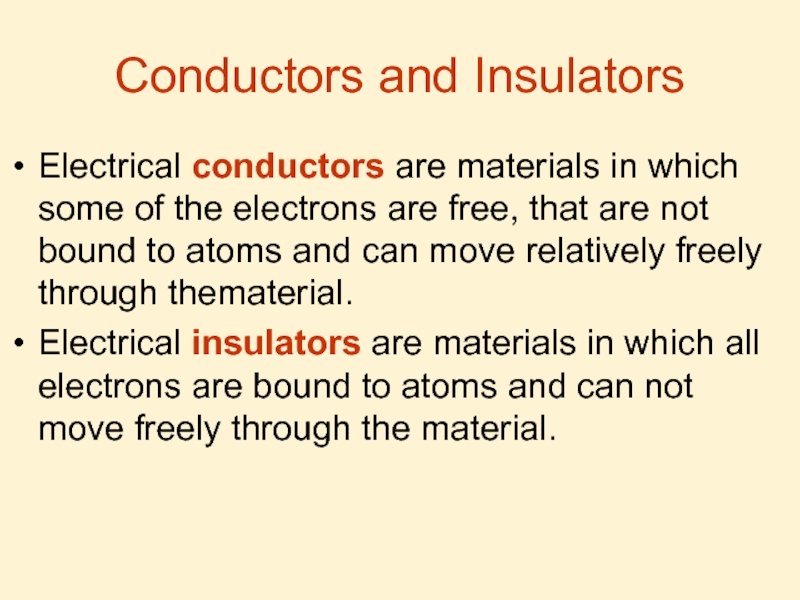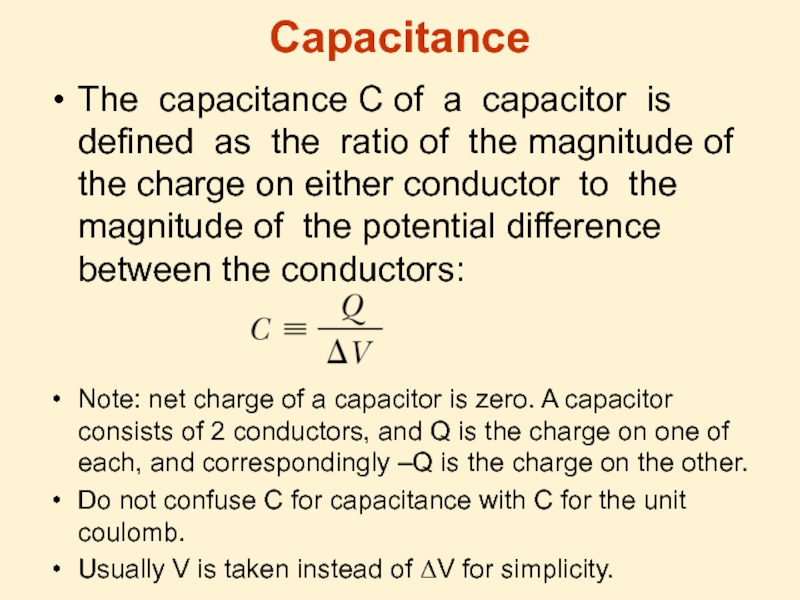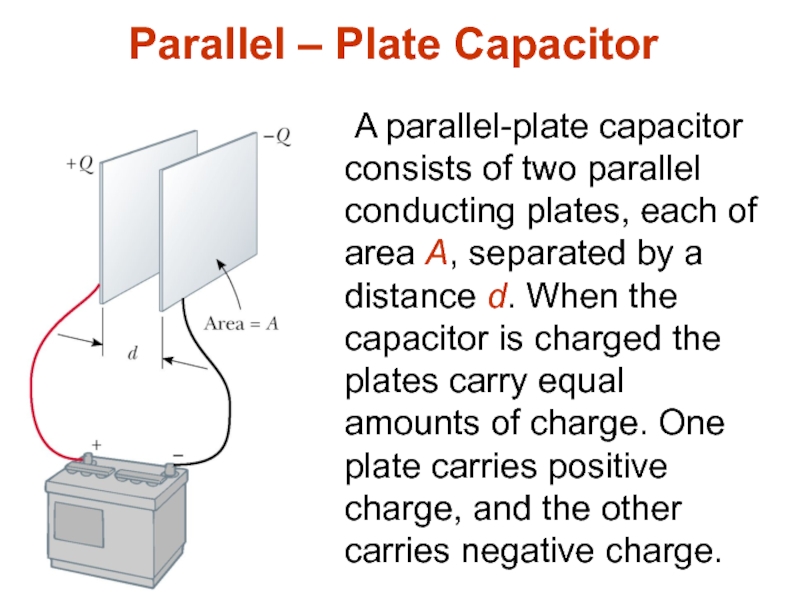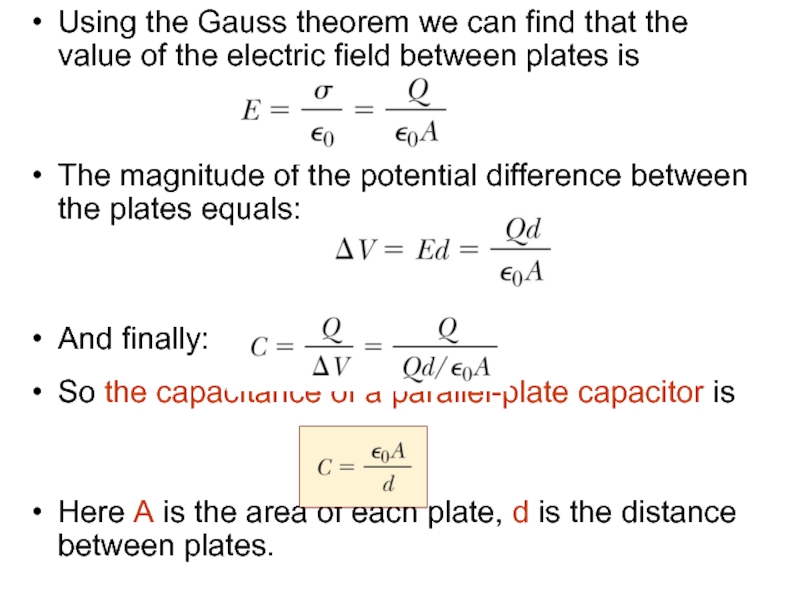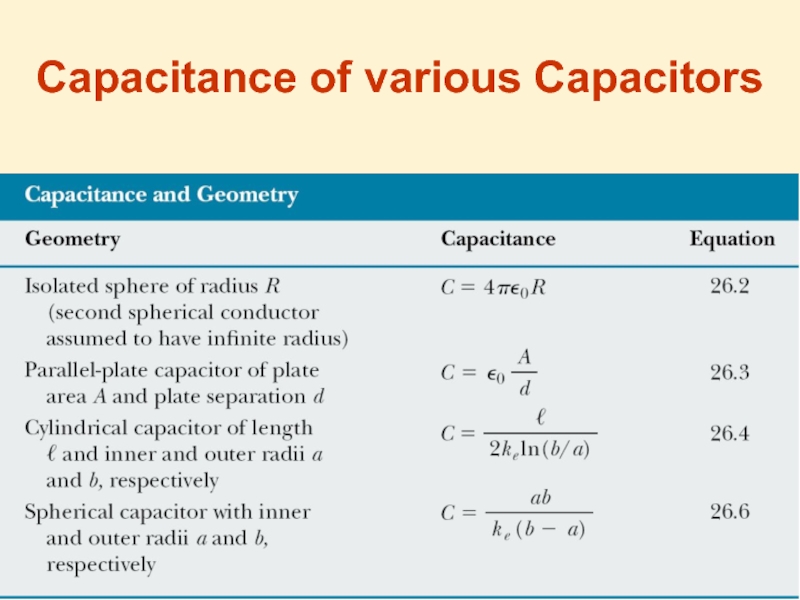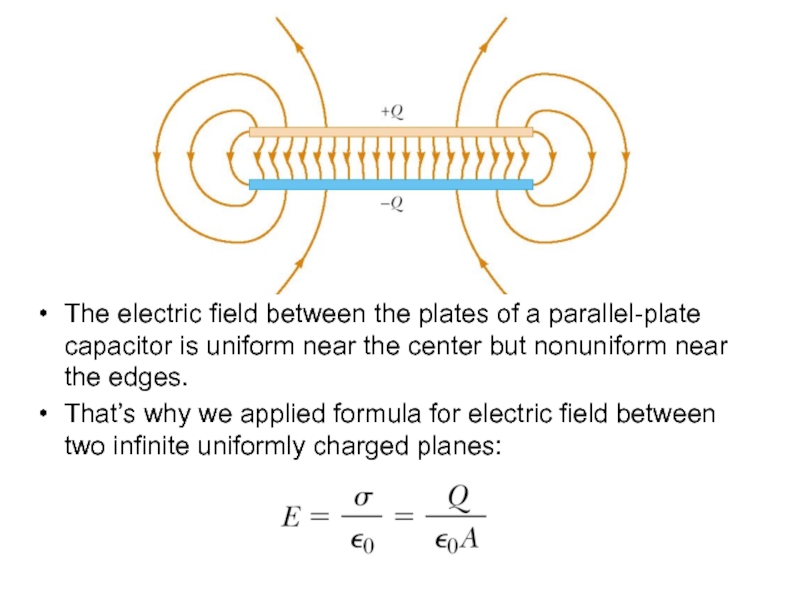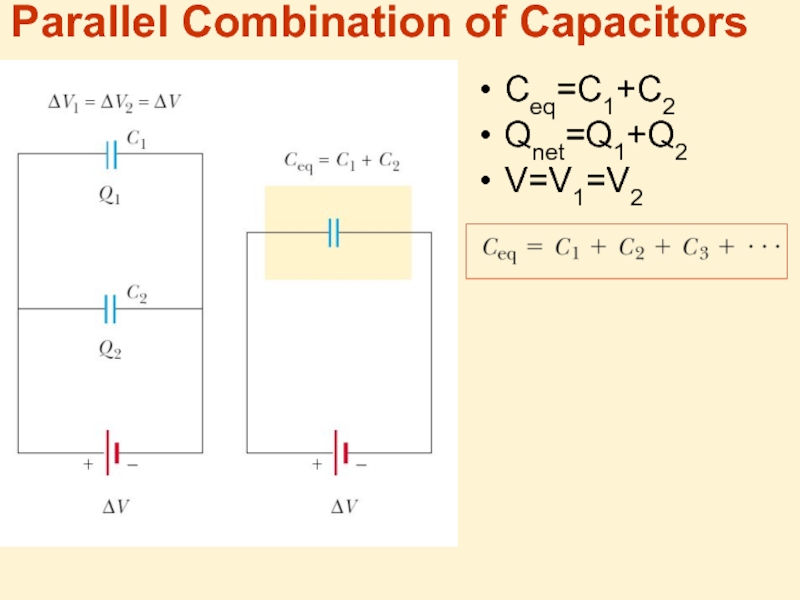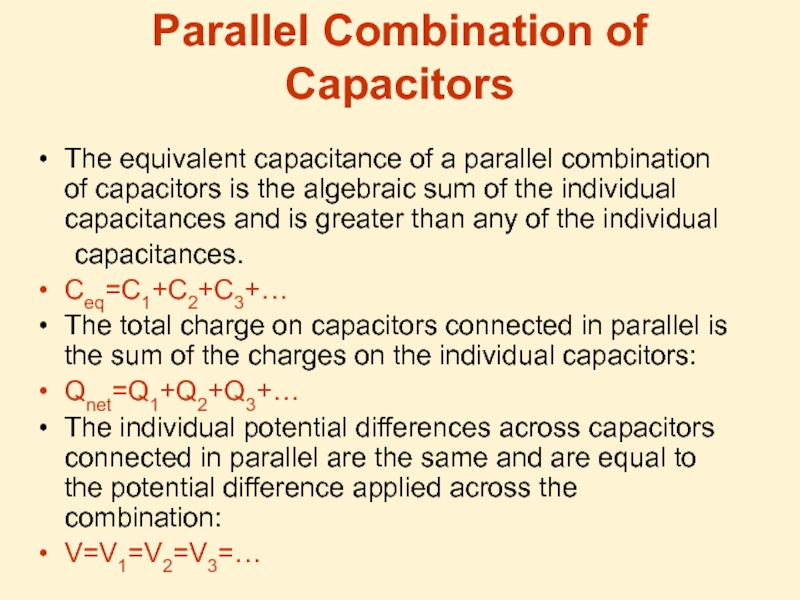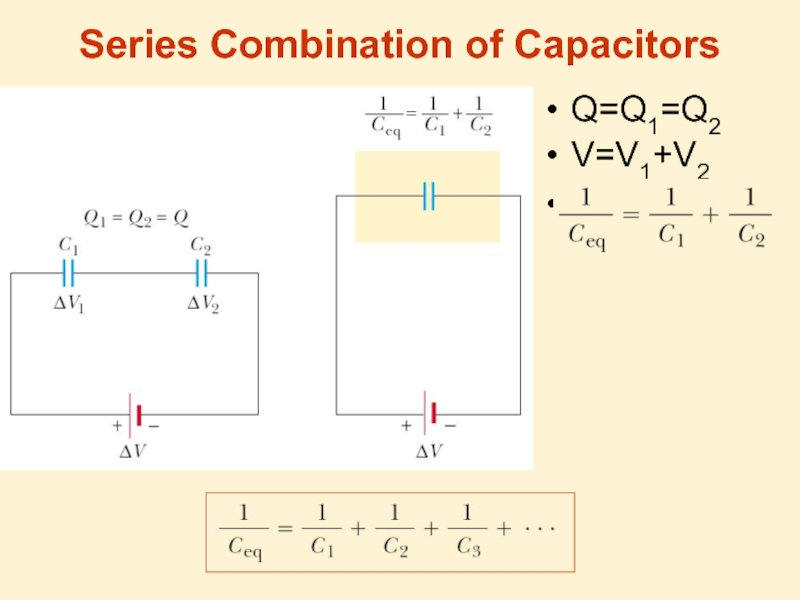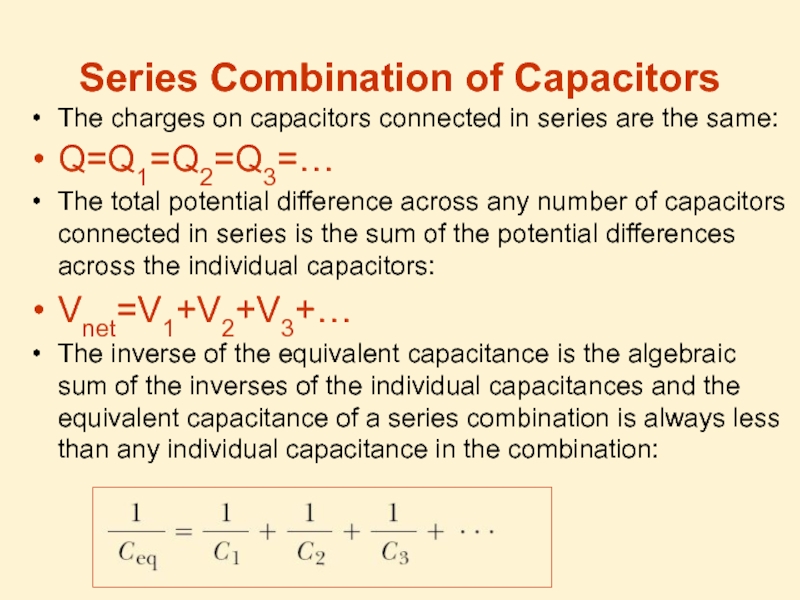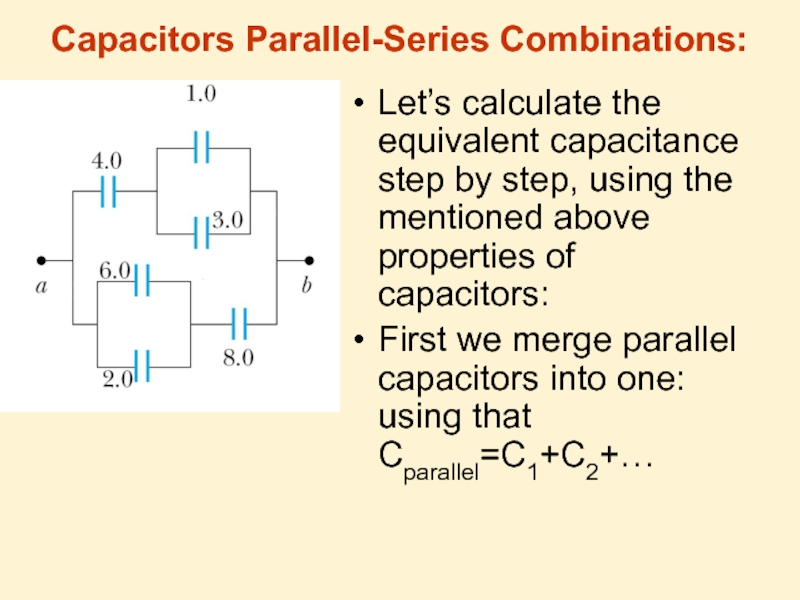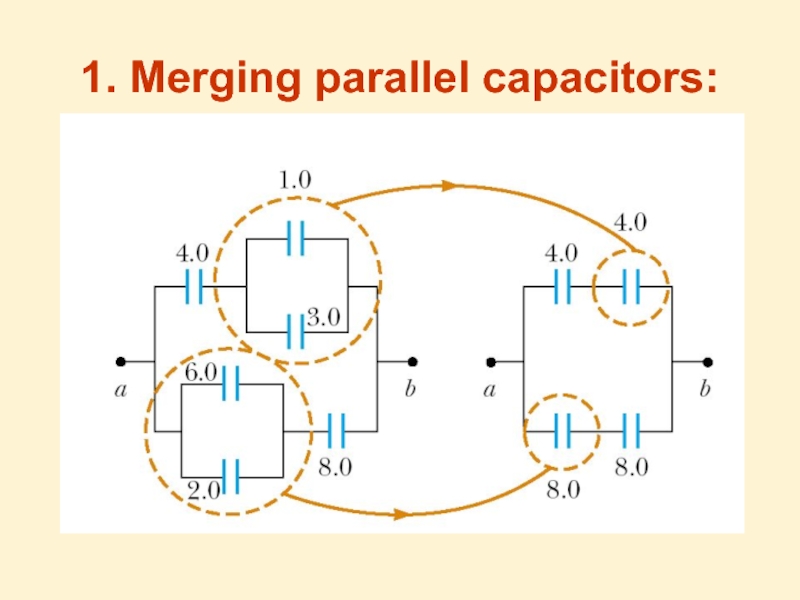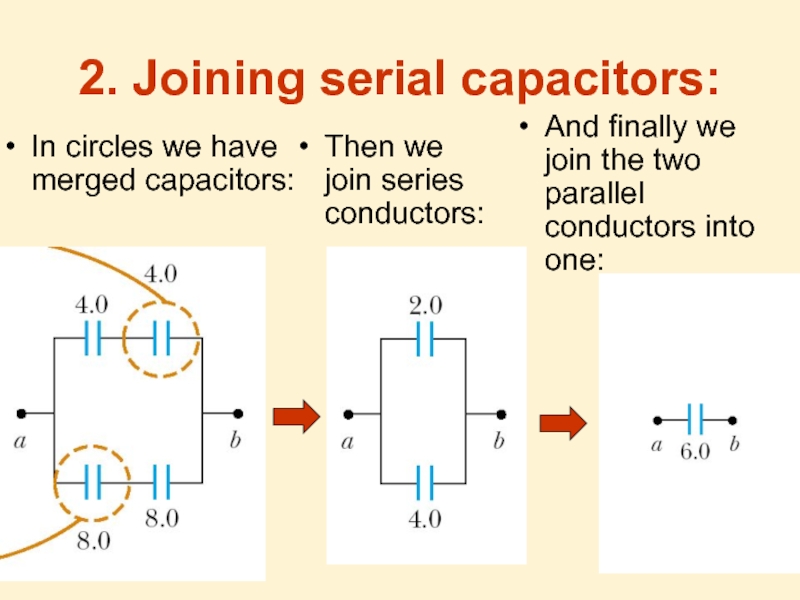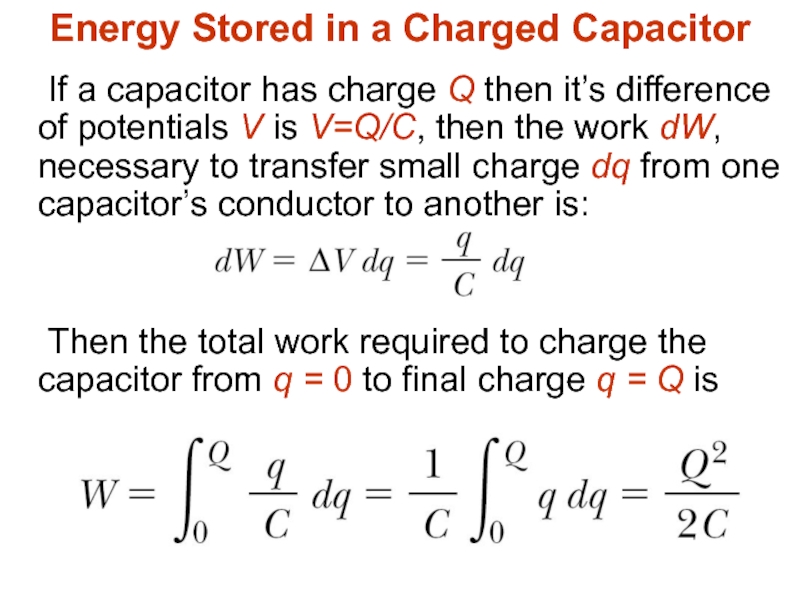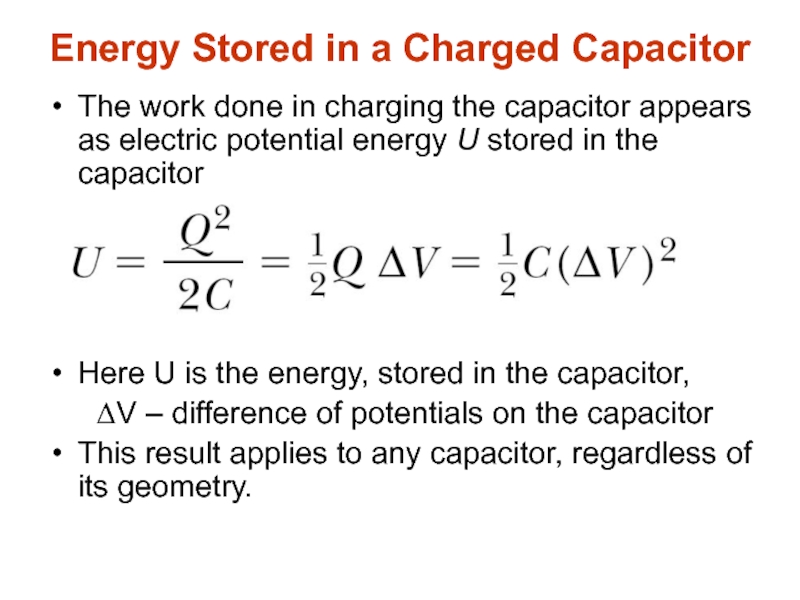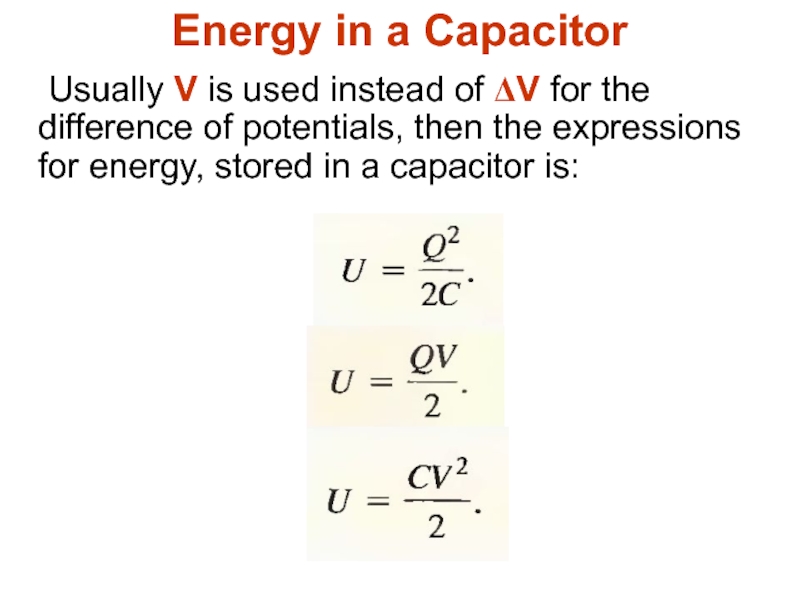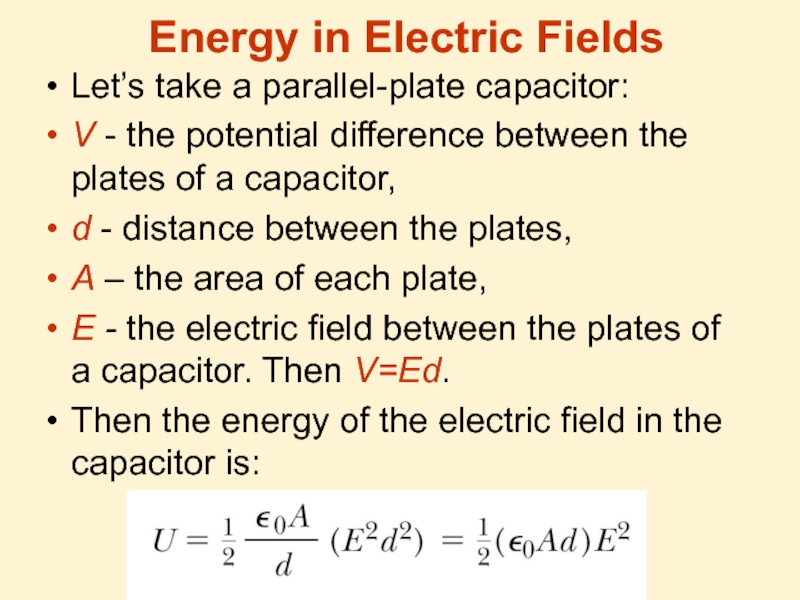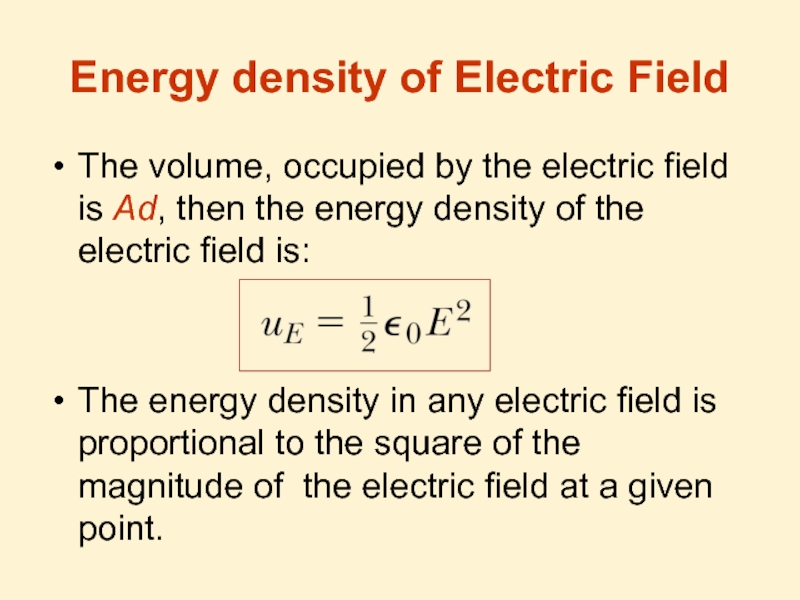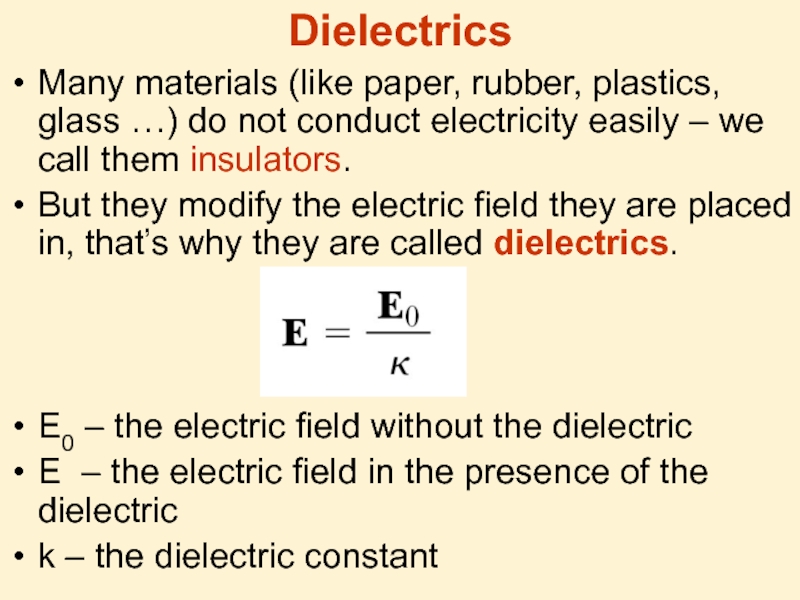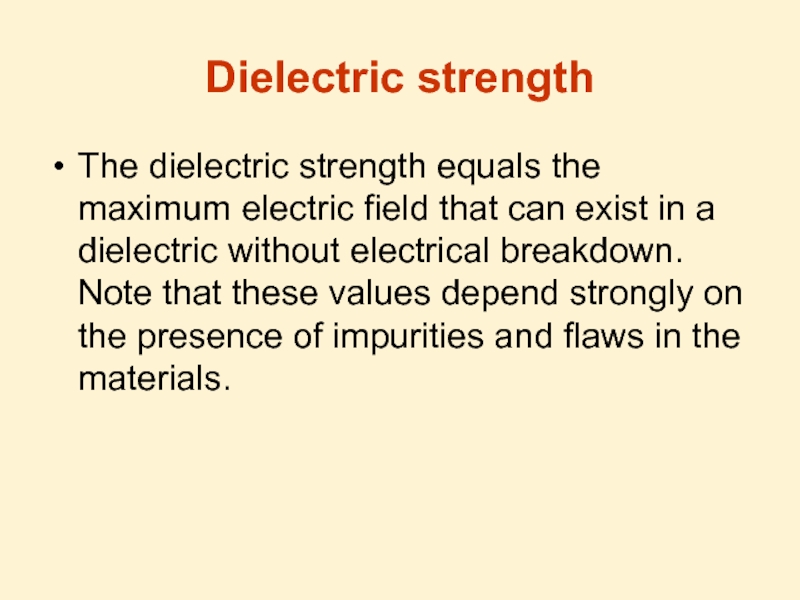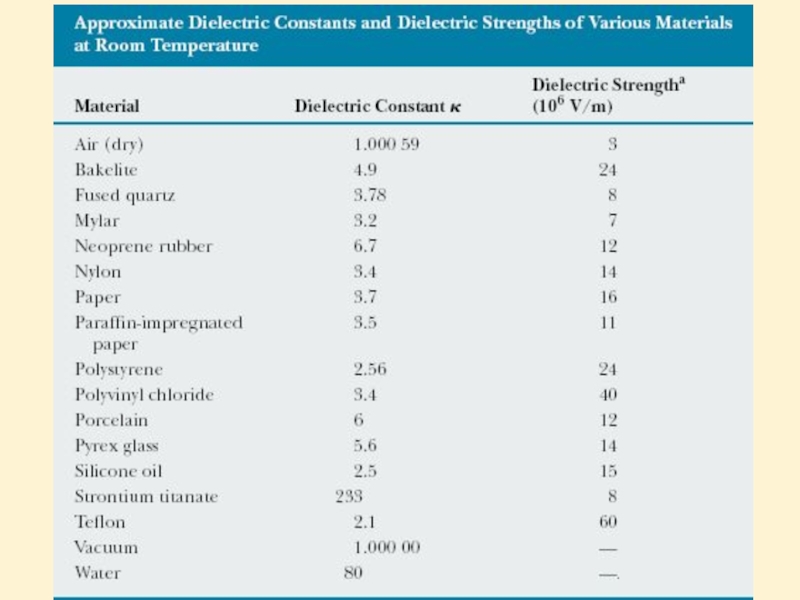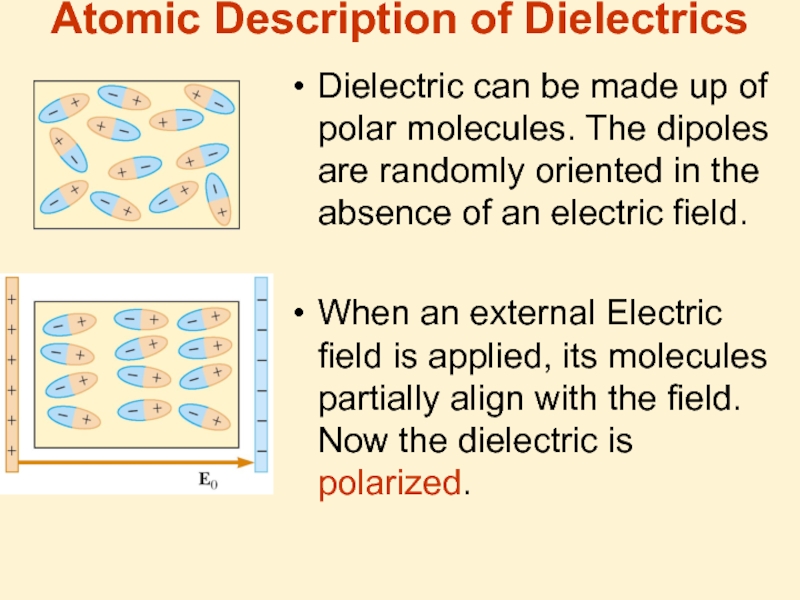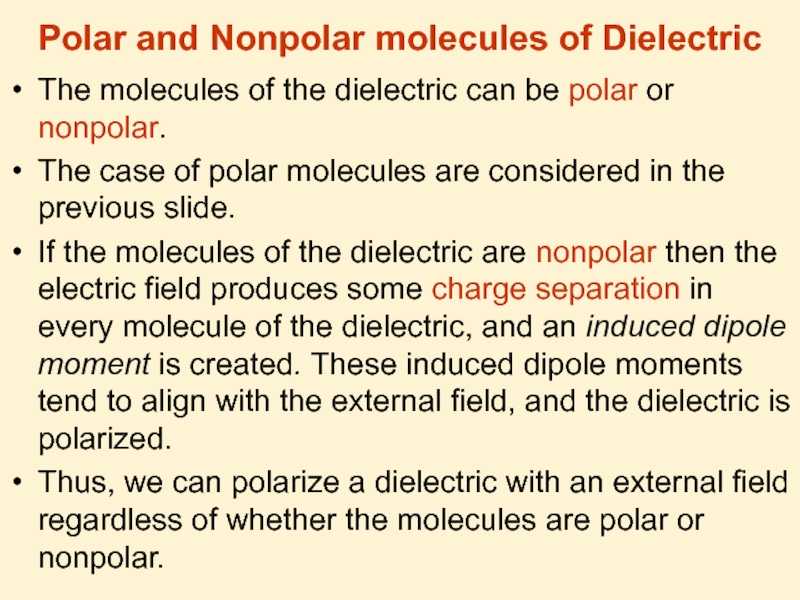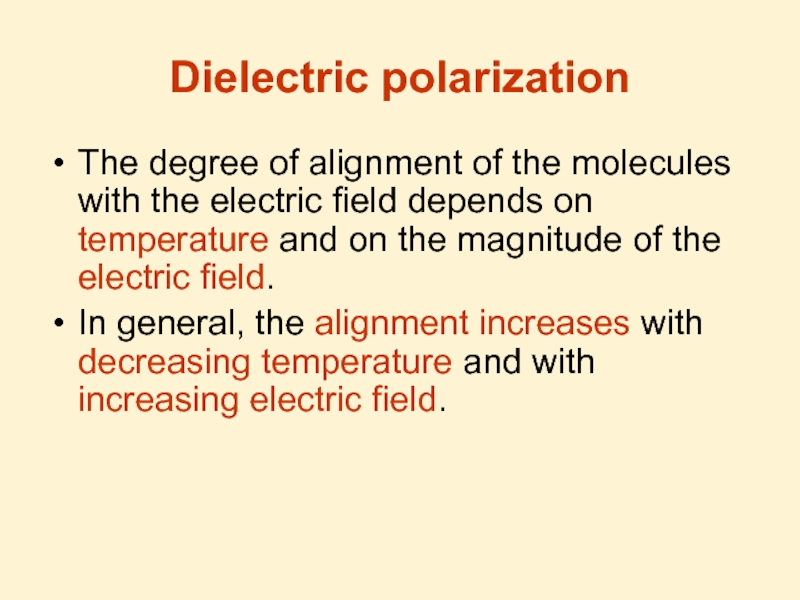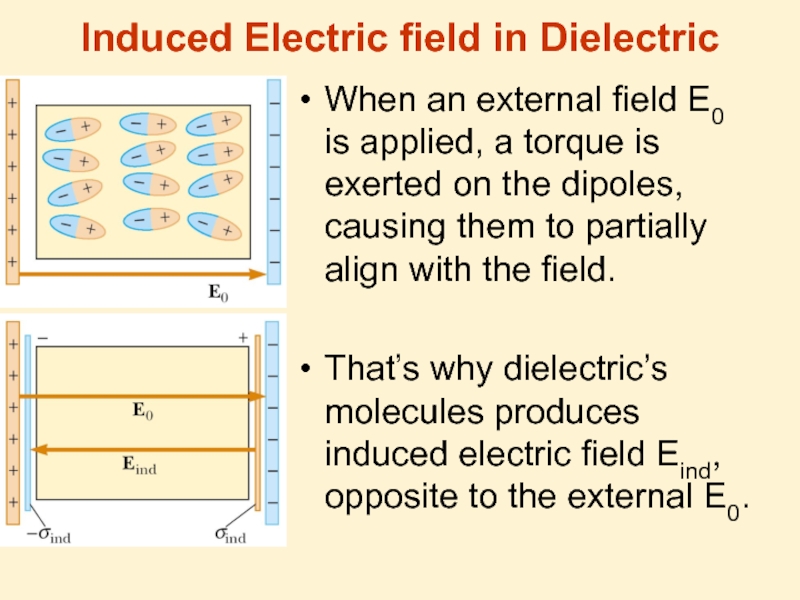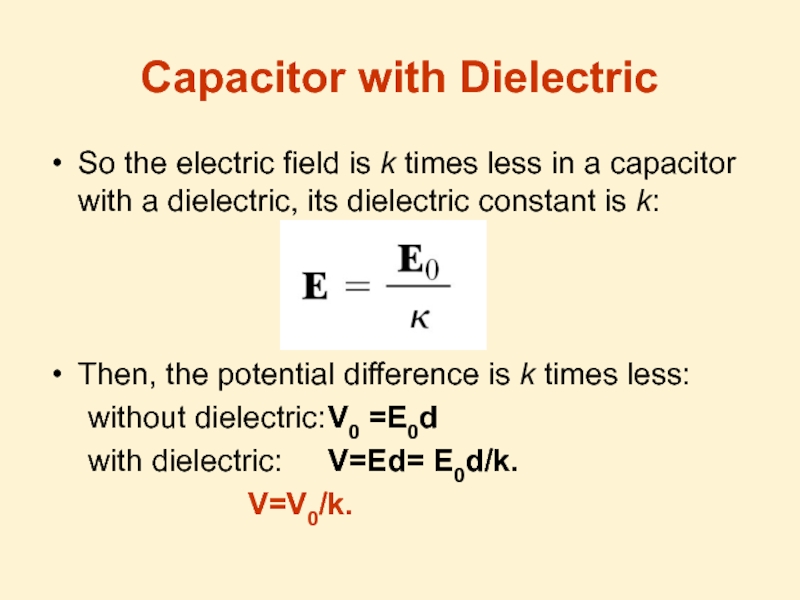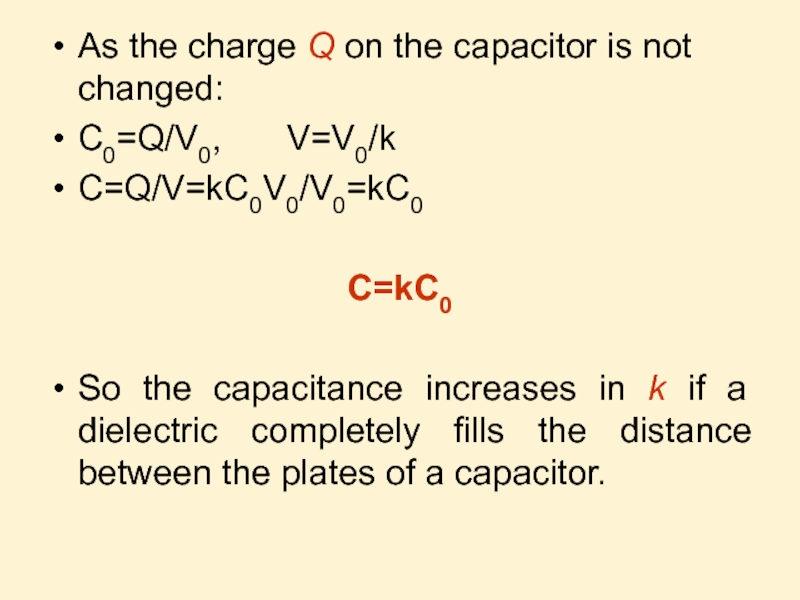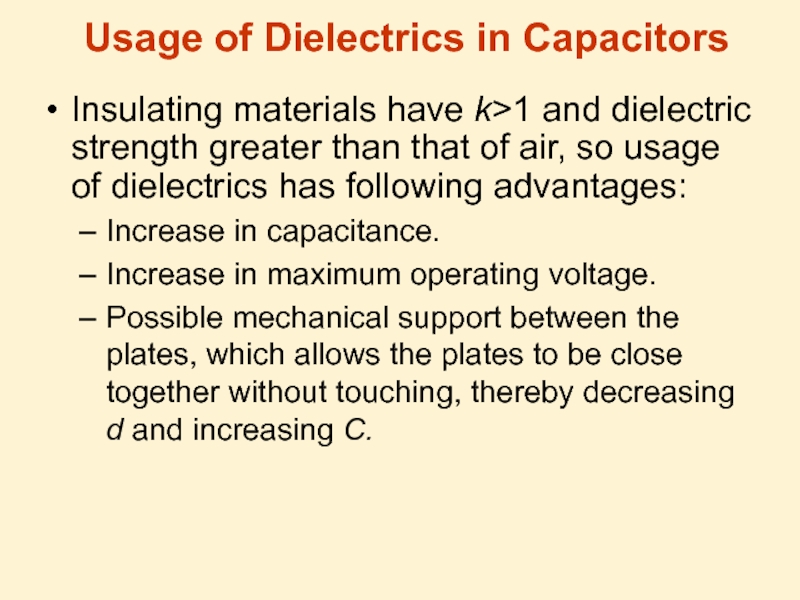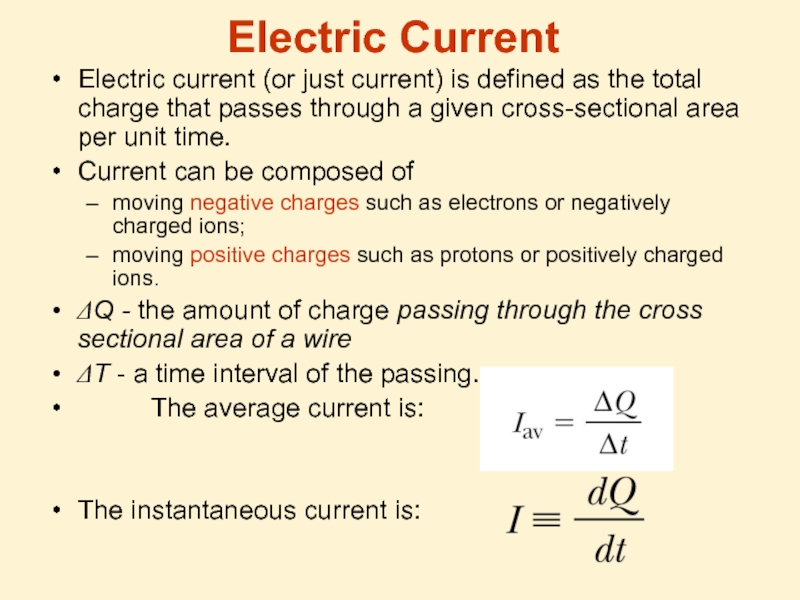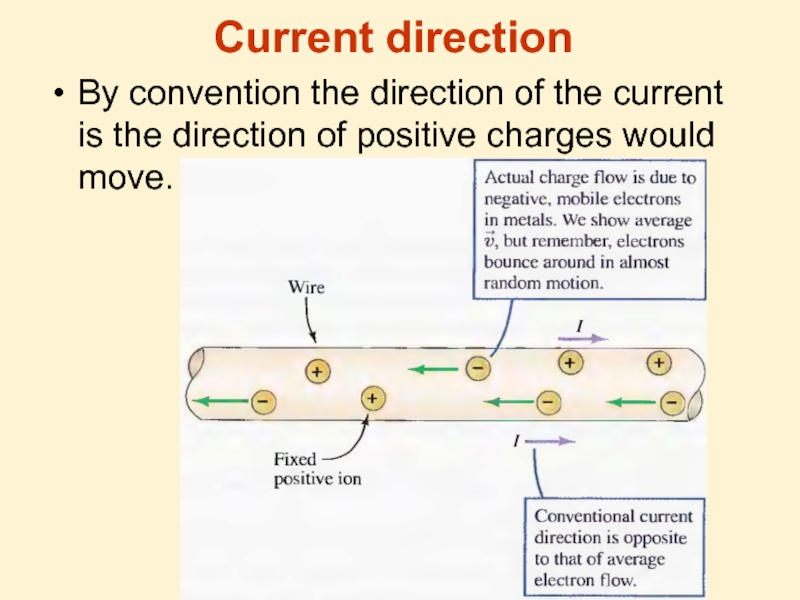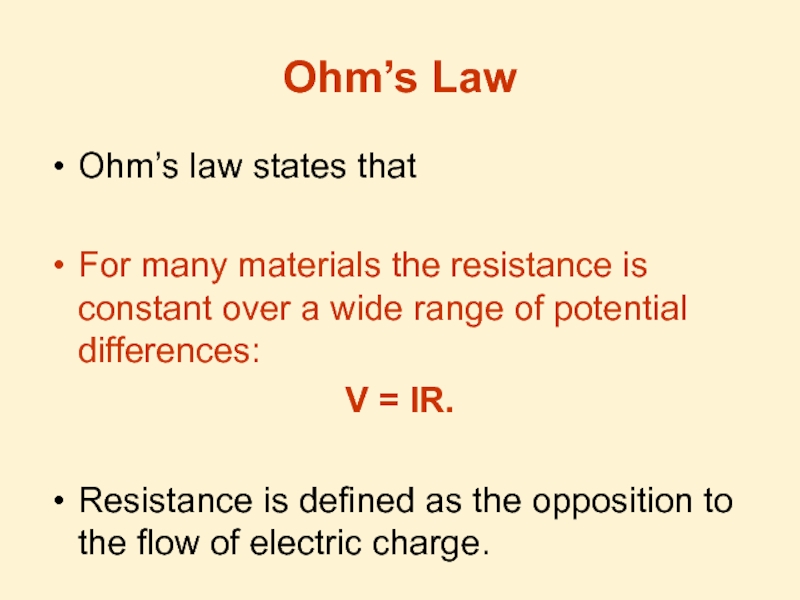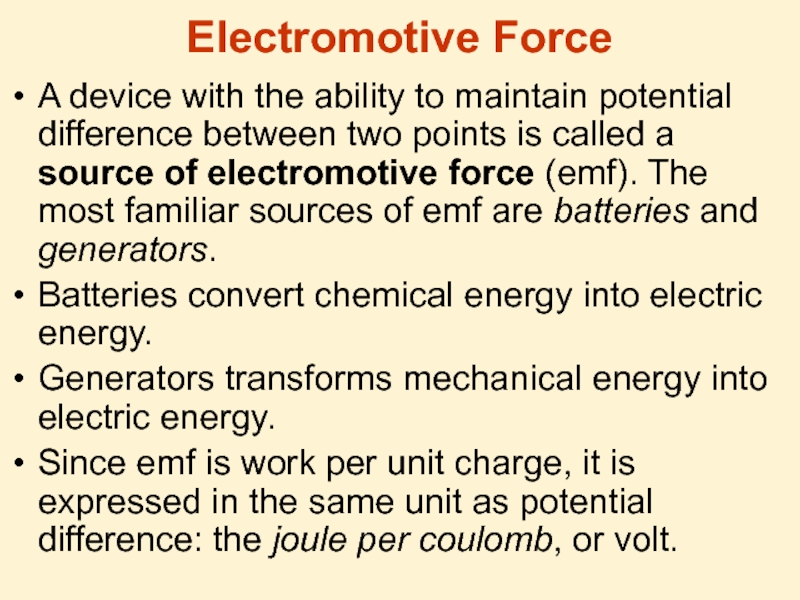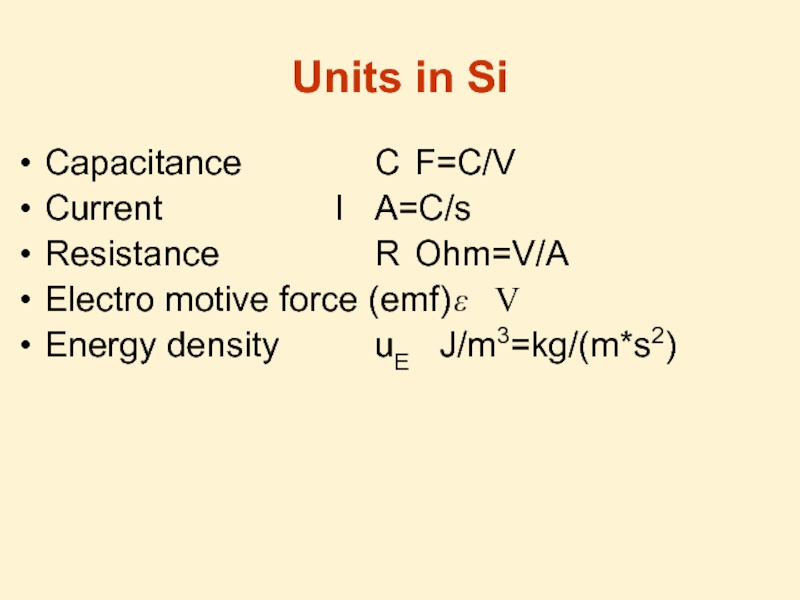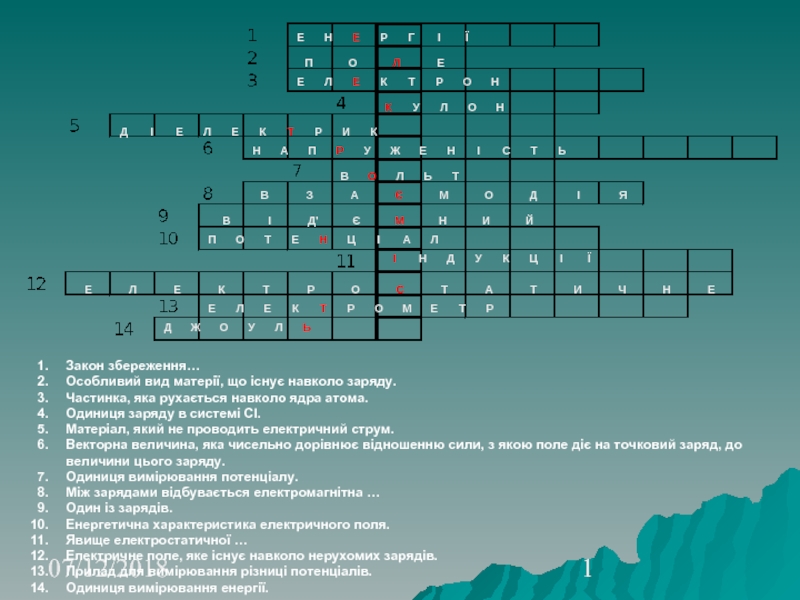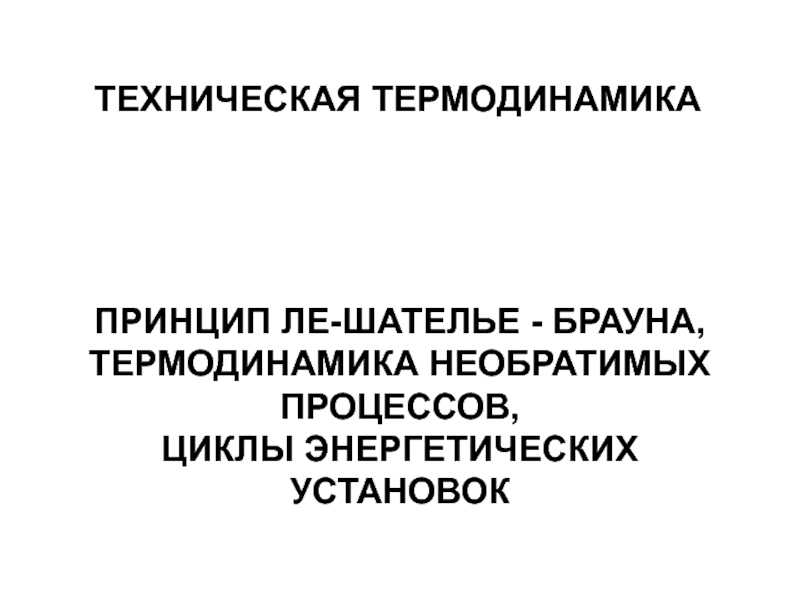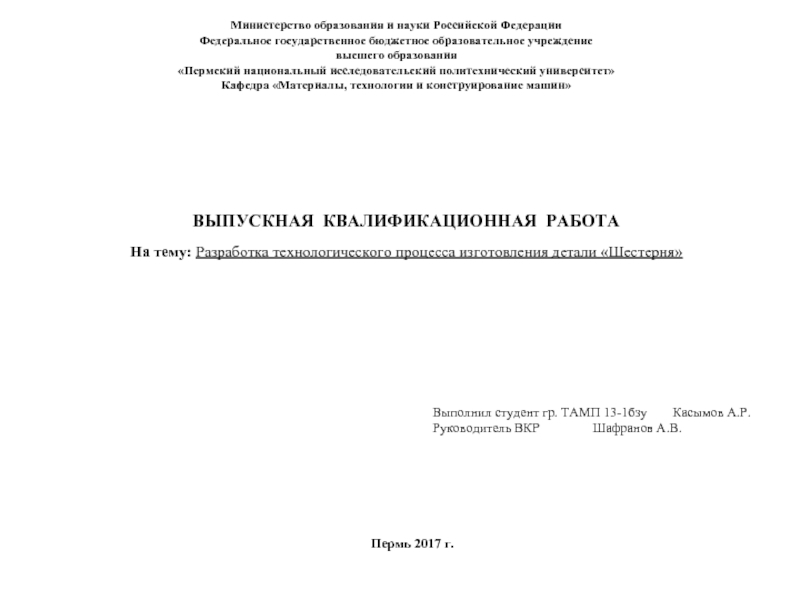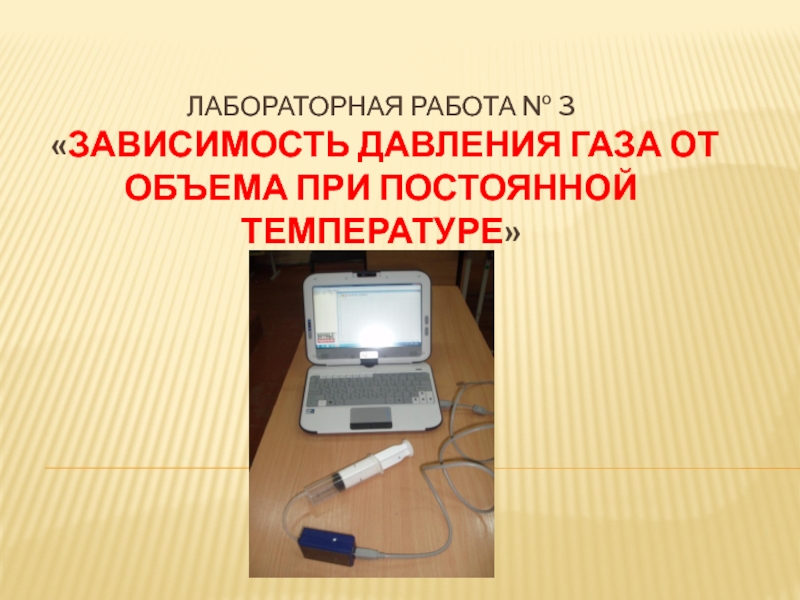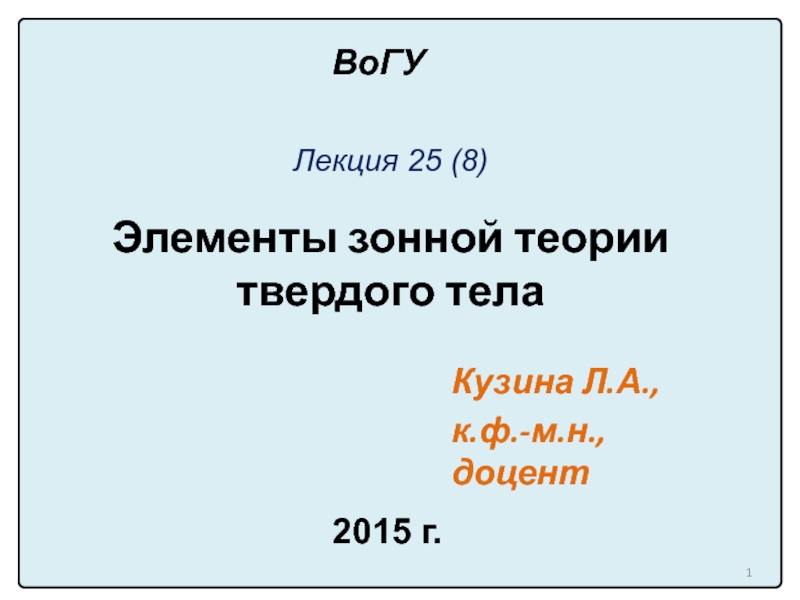Power and Oil and Gas Industry
Physical Engineering Department
Physics 1
Voronkov Vladimir Vasilyevich
- Главная
- Разное
- Дизайн
- Бизнес и предпринимательство
- Аналитика
- Образование
- Развлечения
- Красота и здоровье
- Финансы
- Государство
- Путешествия
- Спорт
- Недвижимость
- Армия
- Графика
- Культурология
- Еда и кулинария
- Лингвистика
- Английский язык
- Астрономия
- Алгебра
- Биология
- География
- Детские презентации
- Информатика
- История
- Литература
- Маркетинг
- Математика
- Медицина
- Менеджмент
- Музыка
- МХК
- Немецкий язык
- ОБЖ
- Обществознание
- Окружающий мир
- Педагогика
- Русский язык
- Технология
- Физика
- Философия
- Химия
- Шаблоны, картинки для презентаций
- Экология
- Экономика
- Юриспруденция
Insulators and Conductors in electric field. Capacitance, Dielectrics. Current, resistance. Electromotive Force презентация
Содержание
- 1. Insulators and Conductors in electric field. Capacitance, Dielectrics. Current, resistance. Electromotive Force
- 2. Lecture 9 Insulators and Conductors in electric
- 3. Conductors and Insulators Electrical conductors are materials
- 4. Capacitance The capacitance C of a capacitor
- 5. Parallel – Plate Capacitor A parallel-plate capacitor
- 6. Using the Gauss theorem we can find
- 7. Capacitance of various Capacitors
- 8. The electric field between the plates of
- 9. Parallel Combination of Capacitors Ceq=C1+C2 Qnet=Q1+Q2 V=V1=V2
- 10. Parallel Combination of Capacitors The equivalent capacitance
- 11. Series Combination of Capacitors Q=Q1=Q2 V=V1+V2 1
- 12. Series Combination of Capacitors The charges on
- 13. Capacitors Parallel-Series Combinations: Let’s calculate the equivalent
- 14. 1. Merging parallel capacitors:
- 15. 2. Joining serial capacitors: In circles we
- 16. Energy Stored in a Charged Capacitor
- 17. Energy Stored in a Charged Capacitor
- 18. Energy in a Capacitor Usually V is
- 19. Energy in Electric Fields Let’s take a
- 20. Energy density of Electric Field The volume,
- 21. Dielectrics Many materials (like paper, rubber, plastics,
- 22. Dielectric strength The dielectric strength equals the
- 24. Atomic Description of Dielectrics Dielectric can be
- 25. Polar and Nonpolar molecules of Dielectric The
- 26. Dielectric polarization The degree of alignment of
- 27. Induced Electric field in Dielectric When an
- 28. Capacitor with Dielectric So the electric field
- 29. As the charge Q on the capacitor
- 30. Usage of Dielectrics in Capacitors Insulating materials
- 31. Electric Current Electric current (or just
- 32. Current direction By convention the direction of
- 33. Ohm’s Law Ohm’s law states that
- 34. Electromotive Force A device with the ability
- 35. Units in Si Capacitance C F=C/V Current I A=C/s Resistance R Ohm=V/A Electro motive force (emf) ε V Energy density uE J/m3=kg/(m*s2)
Слайд 1Republic of Kazakhstan
Ministry of Education and Science
Kazakh-British Technical University
Faculty of
Слайд 2Lecture 9
Insulators and Conductors in electric field.
Capacitance, Dielectrics.
Current, resistance.
Electromotive Force.
Слайд 3Conductors and Insulators
Electrical conductors are materials in which some of the
electrons are free, that are not bound to atoms and can move relatively freely through thematerial.
Electrical insulators are materials in which all electrons are bound to atoms and can not move freely through the material.
Electrical insulators are materials in which all electrons are bound to atoms and can not move freely through the material.
Слайд 4Capacitance
The capacitance C of a capacitor is defined as the ratio
of the magnitude of the charge on either conductor to the magnitude of the potential difference between the conductors:
Note: net charge of a capacitor is zero. A capacitor consists of 2 conductors, and Q is the charge on one of each, and correspondingly –Q is the charge on the other.
Do not confuse C for capacitance with C for the unit coulomb.
Usually V is taken instead of ΔV for simplicity.
Note: net charge of a capacitor is zero. A capacitor consists of 2 conductors, and Q is the charge on one of each, and correspondingly –Q is the charge on the other.
Do not confuse C for capacitance with C for the unit coulomb.
Usually V is taken instead of ΔV for simplicity.
Слайд 5Parallel – Plate Capacitor
A parallel-plate capacitor consists of two parallel conducting
plates, each of area A, separated by a distance d. When the capacitor is charged the plates carry equal amounts of charge. One plate carries positive charge, and the other carries negative charge.
Слайд 6Using the Gauss theorem we can find that the value of
the electric field between plates is
The magnitude of the potential difference between the plates equals:
And finally:
So the capacitance of a parallel-plate capacitor is
Here A is the area of each plate, d is the distance between plates.
The magnitude of the potential difference between the plates equals:
And finally:
So the capacitance of a parallel-plate capacitor is
Here A is the area of each plate, d is the distance between plates.
Слайд 8The electric field between the plates of a parallel-plate capacitor is
uniform near the center but nonuniform near the edges.
That’s why we applied formula for electric field between two infinite uniformly charged planes:
That’s why we applied formula for electric field between two infinite uniformly charged planes:
Слайд 10Parallel Combination of Capacitors
The equivalent capacitance of a parallel combination of
capacitors is the algebraic sum of the individual capacitances and is greater than any of the individual
capacitances.
Ceq=C1+C2+C3+…
The total charge on capacitors connected in parallel is the sum of the charges on the individual capacitors:
Qnet=Q1+Q2+Q3+…
The individual potential differences across capacitors connected in parallel are the same and are equal to the potential difference applied across the combination:
V=V1=V2=V3=…
capacitances.
Ceq=C1+C2+C3+…
The total charge on capacitors connected in parallel is the sum of the charges on the individual capacitors:
Qnet=Q1+Q2+Q3+…
The individual potential differences across capacitors connected in parallel are the same and are equal to the potential difference applied across the combination:
V=V1=V2=V3=…
Слайд 12Series Combination of Capacitors
The charges on capacitors connected in series are
the same:
Q=Q1=Q2=Q3=…
The total potential difference across any number of capacitors connected in series is the sum of the potential differences across the individual capacitors:
Vnet=V1+V2+V3+…
The inverse of the equivalent capacitance is the algebraic sum of the inverses of the individual capacitances and the equivalent capacitance of a series combination is always less than any individual capacitance in the combination:
Q=Q1=Q2=Q3=…
The total potential difference across any number of capacitors connected in series is the sum of the potential differences across the individual capacitors:
Vnet=V1+V2+V3+…
The inverse of the equivalent capacitance is the algebraic sum of the inverses of the individual capacitances and the equivalent capacitance of a series combination is always less than any individual capacitance in the combination:
Слайд 13Capacitors Parallel-Series Combinations:
Let’s calculate the equivalent capacitance step by step, using
the mentioned above properties of capacitors:
First we merge parallel capacitors into one: using that Cparallel=C1+C2+…
First we merge parallel capacitors into one: using that Cparallel=C1+C2+…
Слайд 152. Joining serial capacitors:
In circles we have merged capacitors:
Then we join
series conductors:
And finally we join the two parallel conductors into one:
Слайд 16Energy Stored in a Charged Capacitor
If a capacitor has charge Q
then it’s difference of potentials V is V=Q/C, then the work dW, necessary to transfer small charge dq from one capacitor’s conductor to another is:
Then the total work required to charge the capacitor from q = 0 to final charge q = Q is
Then the total work required to charge the capacitor from q = 0 to final charge q = Q is
Слайд 17Energy Stored in a Charged Capacitor
The work done in charging the
capacitor appears as electric potential energy U stored in the capacitor
Here U is the energy, stored in the capacitor,
ΔV – difference of potentials on the capacitor
This result applies to any capacitor, regardless of its geometry.
Here U is the energy, stored in the capacitor,
ΔV – difference of potentials on the capacitor
This result applies to any capacitor, regardless of its geometry.
Слайд 18Energy in a Capacitor
Usually V is used instead of ΔV for
the difference of potentials, then the expressions for energy, stored in a capacitor is:
Слайд 19Energy in Electric Fields
Let’s take a parallel-plate capacitor:
V - the potential
difference between the plates of a capacitor,
d - distance between the plates,
A – the area of each plate,
E - the electric field between the plates of a capacitor. Then V=Ed.
Then the energy of the electric field in the capacitor is:
d - distance between the plates,
A – the area of each plate,
E - the electric field between the plates of a capacitor. Then V=Ed.
Then the energy of the electric field in the capacitor is:
Слайд 20Energy density of Electric Field
The volume, occupied by the electric field
is Ad, then the energy density of the electric field is:
The energy density in any electric field is proportional to the square of the magnitude of the electric field at a given point.
The energy density in any electric field is proportional to the square of the magnitude of the electric field at a given point.
Слайд 21Dielectrics
Many materials (like paper, rubber, plastics, glass …) do not conduct
electricity easily – we call them insulators.
But they modify the electric field they are placed in, that’s why they are called dielectrics.
E0 – the electric field without the dielectric
E – the electric field in the presence of the dielectric
k – the dielectric constant
But they modify the electric field they are placed in, that’s why they are called dielectrics.
E0 – the electric field without the dielectric
E – the electric field in the presence of the dielectric
k – the dielectric constant
Слайд 22Dielectric strength
The dielectric strength equals the maximum electric field that can
exist in a dielectric without electrical breakdown. Note that these values depend strongly on the presence of impurities and flaws in the materials.
Слайд 24Atomic Description of Dielectrics
Dielectric can be made up of polar molecules.
The dipoles are randomly oriented in the absence of an electric field.
When an external Electric field is applied, its molecules partially align with the field. Now the dielectric is polarized.
When an external Electric field is applied, its molecules partially align with the field. Now the dielectric is polarized.
Слайд 25Polar and Nonpolar molecules of Dielectric
The molecules of the dielectric can
be polar or nonpolar.
The case of polar molecules are considered in the previous slide.
If the molecules of the dielectric are nonpolar then the electric field produces some charge separation in every molecule of the dielectric, and an induced dipole moment is created. These induced dipole moments tend to align with the external field, and the dielectric is polarized.
Thus, we can polarize a dielectric with an external field regardless of whether the molecules are polar or nonpolar.
The case of polar molecules are considered in the previous slide.
If the molecules of the dielectric are nonpolar then the electric field produces some charge separation in every molecule of the dielectric, and an induced dipole moment is created. These induced dipole moments tend to align with the external field, and the dielectric is polarized.
Thus, we can polarize a dielectric with an external field regardless of whether the molecules are polar or nonpolar.
Слайд 26Dielectric polarization
The degree of alignment of the molecules with the electric
field depends on temperature and on the magnitude of the electric field.
In general, the alignment increases with decreasing temperature and with increasing electric field.
In general, the alignment increases with decreasing temperature and with increasing electric field.
Слайд 27Induced Electric field in Dielectric
When an external field E0 is applied,
a torque is exerted on the dipoles, causing them to partially align with the field.
That’s why dielectric’s molecules produces induced electric field Eind, opposite to the external E0.
That’s why dielectric’s molecules produces induced electric field Eind, opposite to the external E0.
Слайд 28Capacitor with Dielectric
So the electric field is k times less in
a capacitor with a dielectric, its dielectric constant is k:
Then, the potential difference is k times less:
without dielectric: V0 =E0d
with dielectric: V=Ed= E0d/k.
V=V0/k.
Then, the potential difference is k times less:
without dielectric: V0 =E0d
with dielectric: V=Ed= E0d/k.
V=V0/k.
Слайд 29As the charge Q on the capacitor is not changed:
C0=Q/V0,
V=V0/k
C=Q/V=kC0V0/V0=kC0
C=kC0
So the capacitance increases in k if a dielectric completely fills the distance between the plates of a capacitor.
C=Q/V=kC0V0/V0=kC0
C=kC0
So the capacitance increases in k if a dielectric completely fills the distance between the plates of a capacitor.
Слайд 30Usage of Dielectrics in Capacitors
Insulating materials have k>1 and dielectric strength
greater than that of air, so usage of dielectrics has following advantages:
Increase in capacitance.
Increase in maximum operating voltage.
Possible mechanical support between the plates, which allows the plates to be close together without touching, thereby decreasing d and increasing C.
Increase in capacitance.
Increase in maximum operating voltage.
Possible mechanical support between the plates, which allows the plates to be close together without touching, thereby decreasing d and increasing C.
Слайд 31Electric Current
Electric current (or just current) is defined as the total
charge that passes through a given cross-sectional area per unit time.
Current can be composed of
moving negative charges such as electrons or negatively charged ions;
moving positive charges such as protons or positively charged ions.
ΔQ - the amount of charge passing through the cross sectional area of a wire
ΔT - a time interval of the passing.
The average current is:
The instantaneous current is:
Current can be composed of
moving negative charges such as electrons or negatively charged ions;
moving positive charges such as protons or positively charged ions.
ΔQ - the amount of charge passing through the cross sectional area of a wire
ΔT - a time interval of the passing.
The average current is:
The instantaneous current is:
Слайд 32Current direction
By convention the direction of the current is the direction
of positive charges would move.
Слайд 33Ohm’s Law
Ohm’s law states that
For many materials the resistance is
constant over a wide range of potential differences:
V = IR.
Resistance is defined as the opposition to the flow of electric charge.
V = IR.
Resistance is defined as the opposition to the flow of electric charge.
Слайд 34Electromotive Force
A device with the ability to maintain potential difference between
two points is called a source of electromotive force (emf). The most familiar sources of emf are batteries and generators.
Batteries convert chemical energy into electric energy.
Generators transforms mechanical energy into electric energy.
Since emf is work per unit charge, it is expressed in the same unit as potential difference: the joule per coulomb, or volt.
Batteries convert chemical energy into electric energy.
Generators transforms mechanical energy into electric energy.
Since emf is work per unit charge, it is expressed in the same unit as potential difference: the joule per coulomb, or volt.
